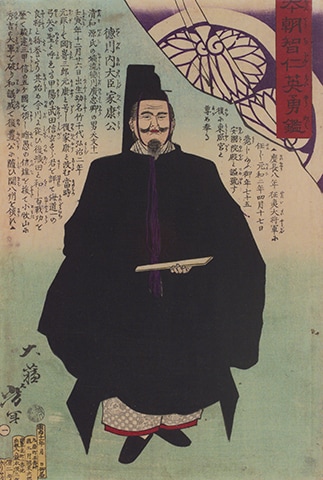Related Event
Gallery Talks by a Museum Curator
February 5 (Sun.) 2023
Free
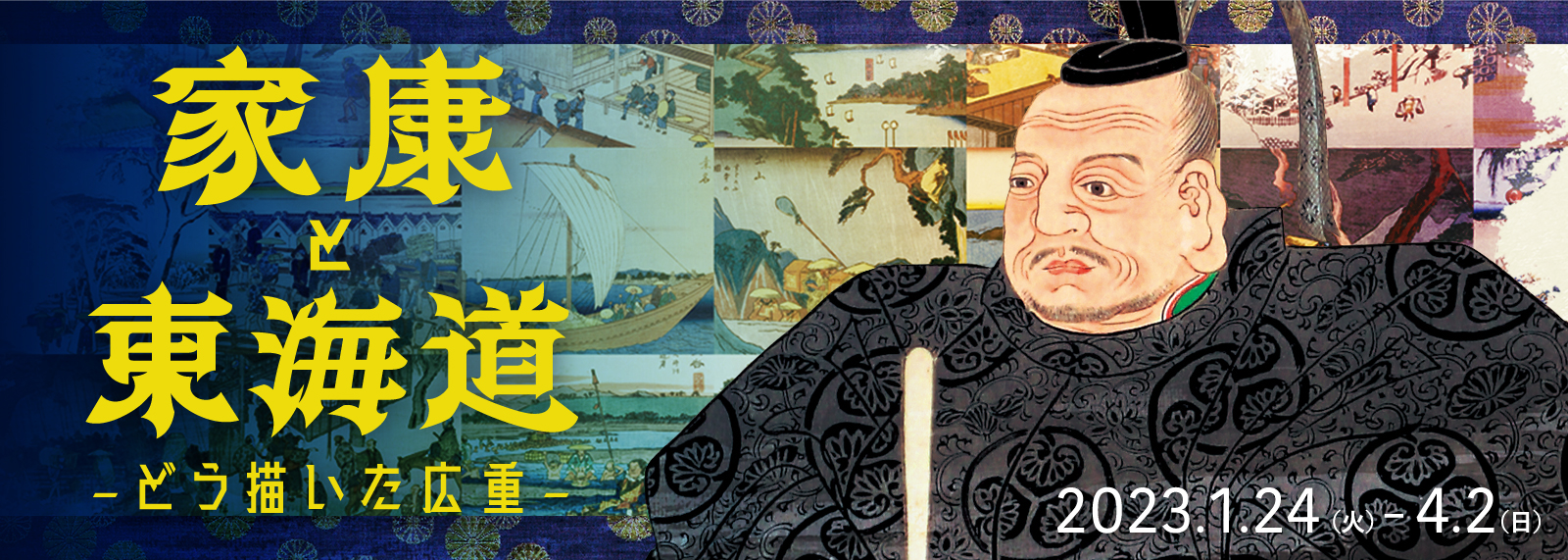
January 24 (Tue.) ~ April 2 (Sun.) 2023
*All art pieces are replaced once a session is over.
Tokugawa Ieyasu gained power with the victory in the Battle of Sekigahara, and in order to keep this power, the first thing he worked on was the maintenance of the “Tokaido Road” that connects his castle in Edo with Kyoto/Osaka. Each post-town was enacted by Ieyasu and as the roads developed, travelers increased, which resulted in a travel boom in the late Edo era. During the travel boom, the “Fifty-Three Stations of the Tokaido” Ukiyo-e series including Utagawa Hiroshige’s “Fifty-Three Stations of the Tokaido” (Hoeido Edition) was born. This exhibition will introduce Ieyasu’s footsteps that remain in the “Tokaido Road” with particular focus on the series pieces of Hiroshige’s “Fifty-three Stations of the Tokaido”.
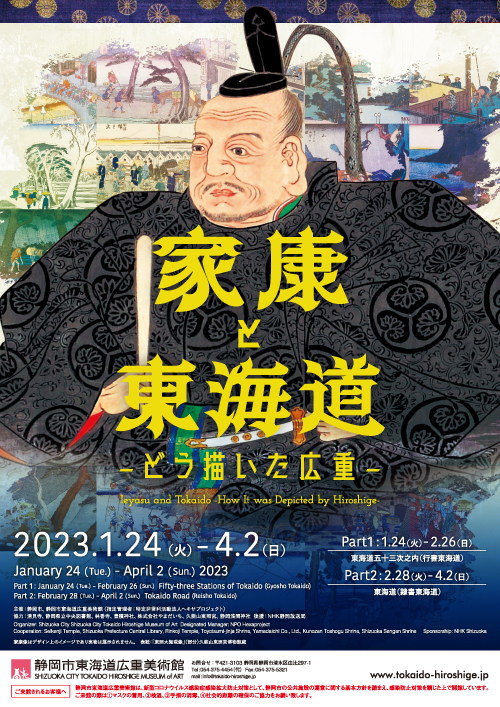
Published during 1841 and 1843 - this is a series of work called “Gyosho Tokaido” as the title is written in semi-cursive script (Gyosho script).
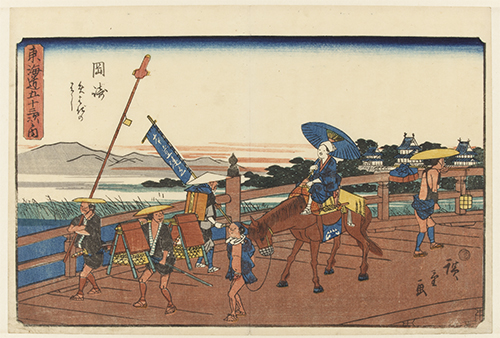
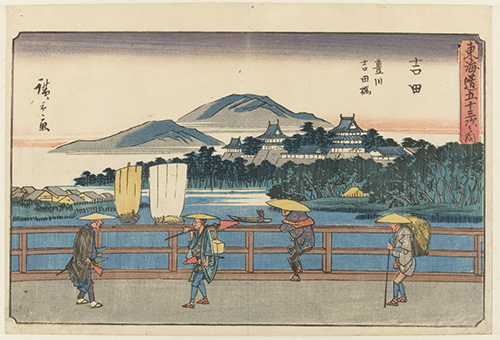
Published during 1849 and 1852 - this is a series of work called “Reisho Tokaido” as the title is written in Clerical script (Reisho script).
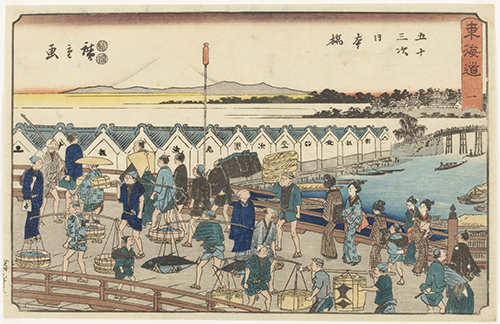
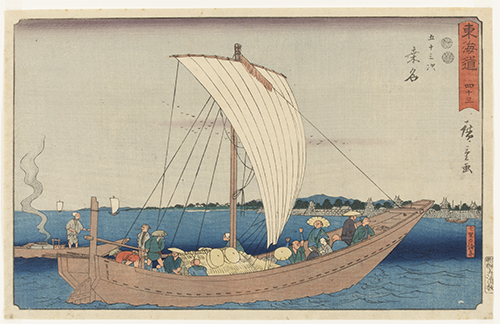
Including the years that Ieyasu was a hostage of the Imagawa, Ieyasu spent 1/3 of his life in Shizuoka; therefore, there are many historical sites related to Ieyasu in the area. This exhibition will introduce documents related to Ieyasu that remain in temples and shrines of Shizuoka along with his footsteps.
